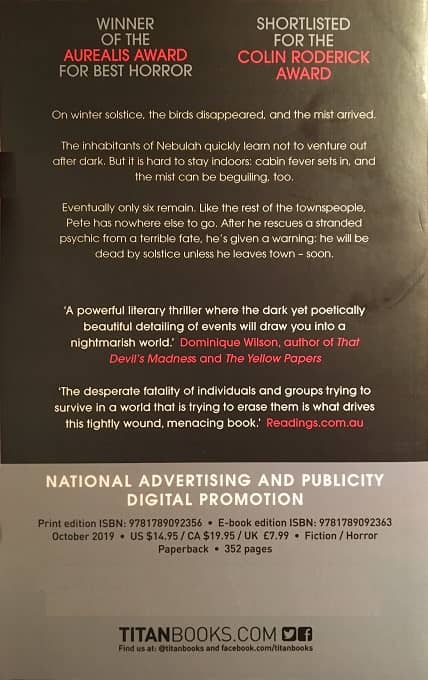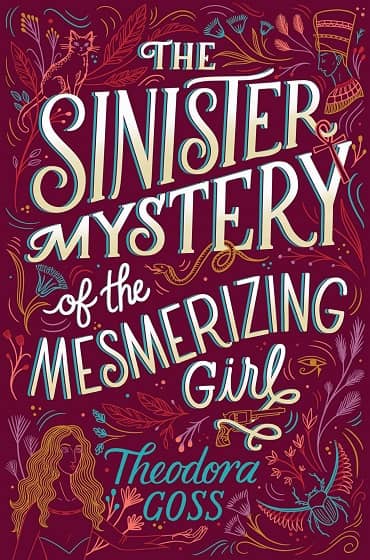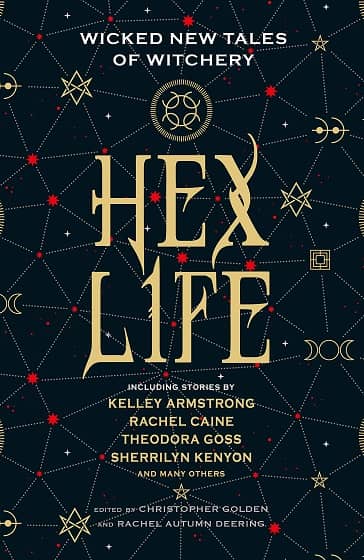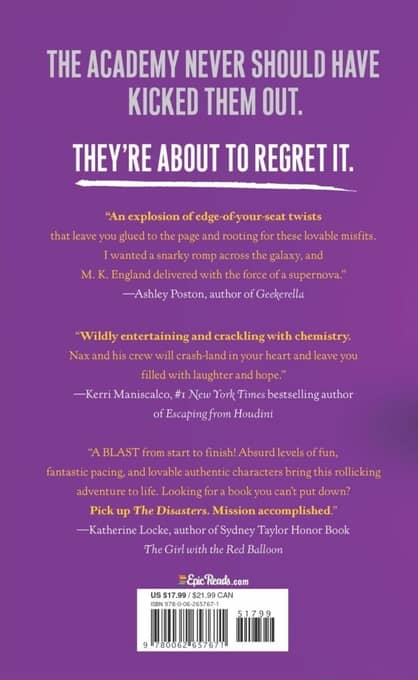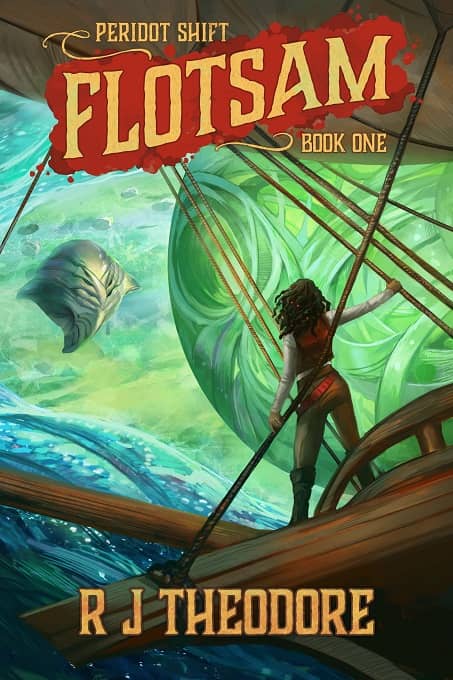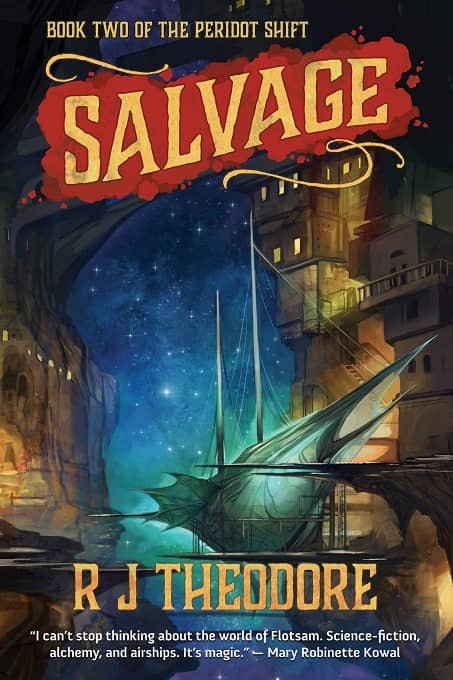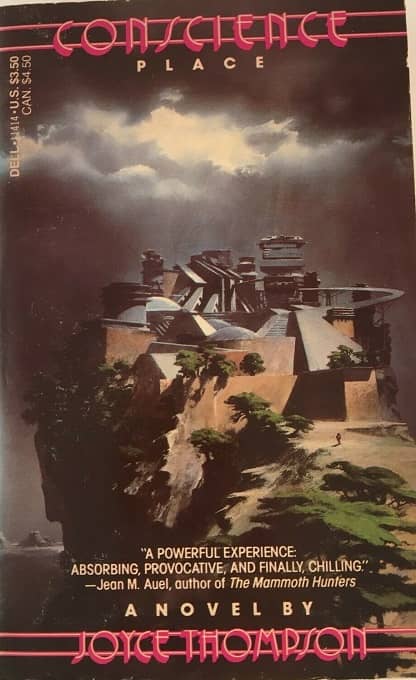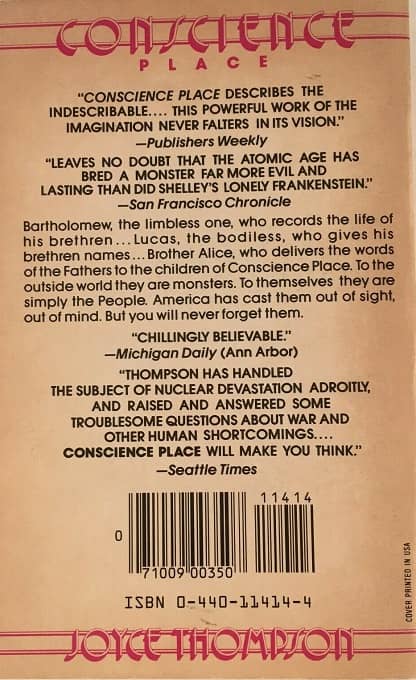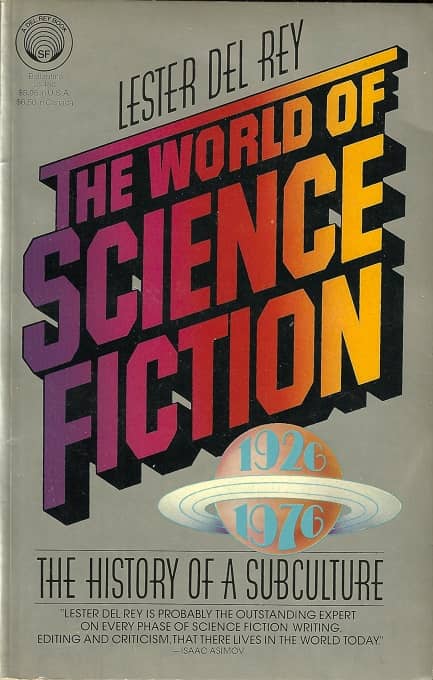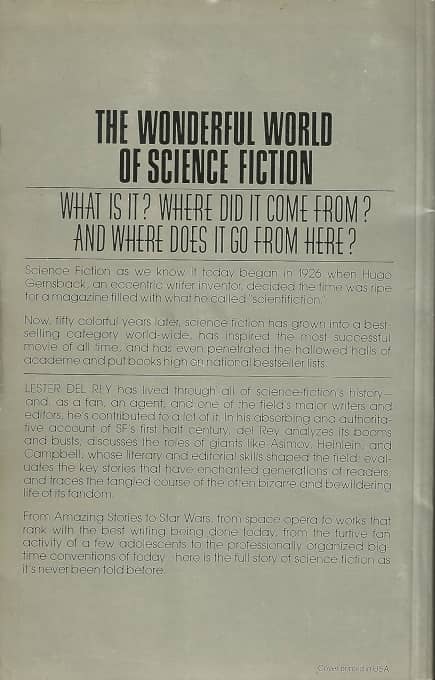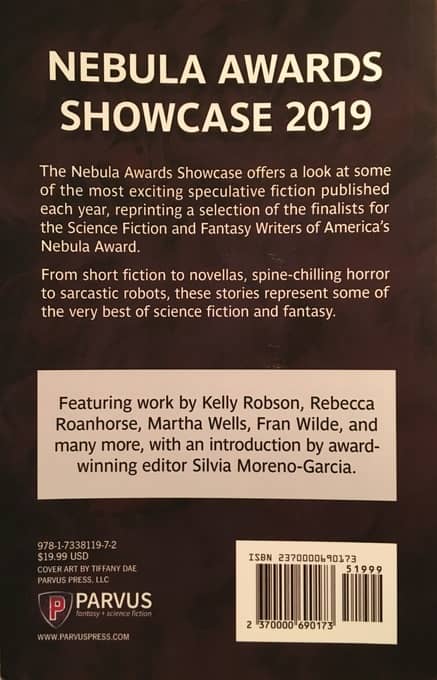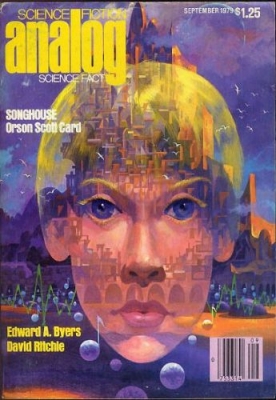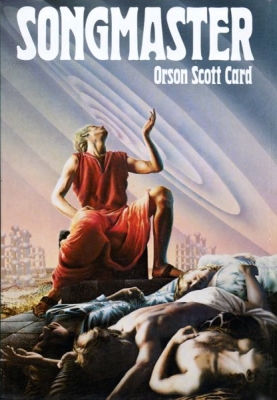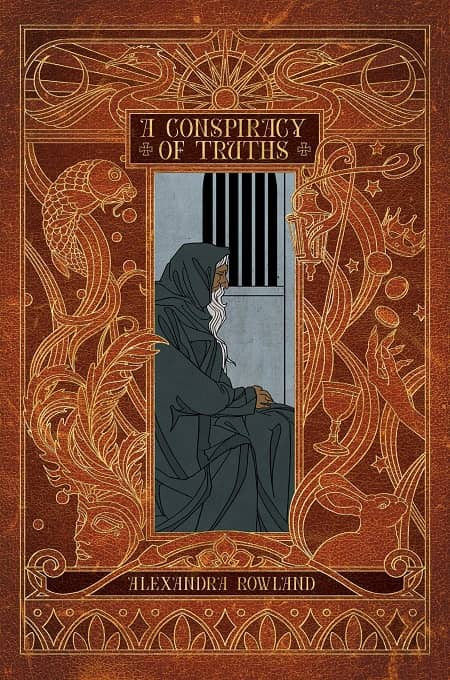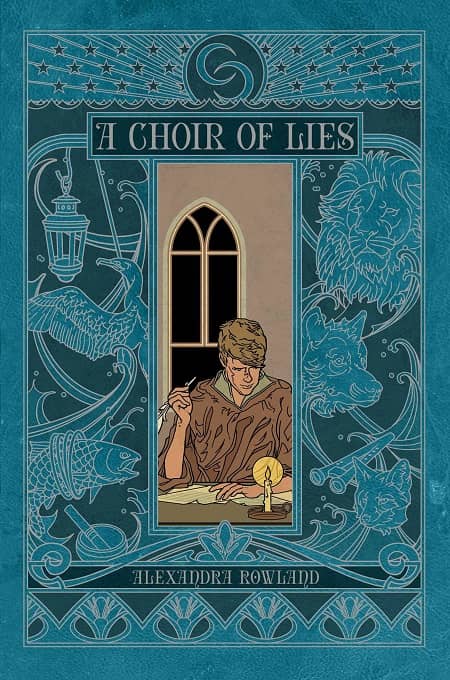A Mysterious, Whirling Fantasy: Anaïs Nin at the Grand Guignol by Robert Levy
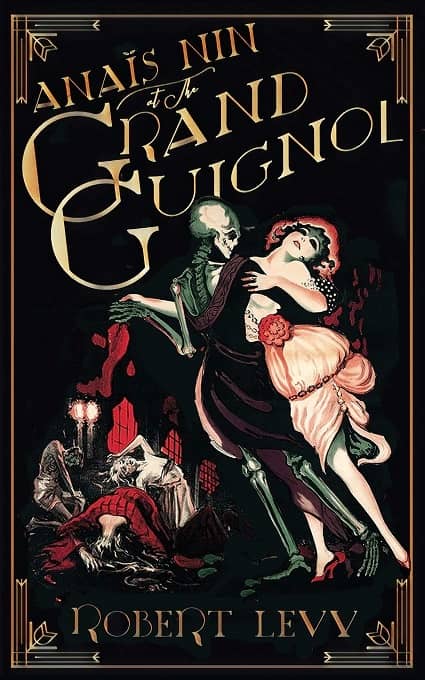 |
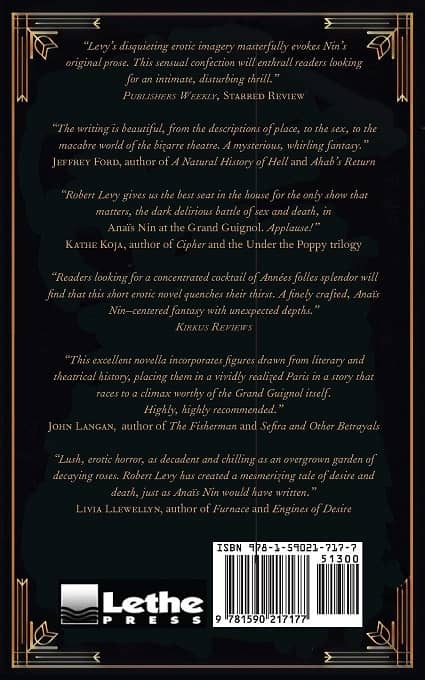 |
Anais Nin At The Grand Guignol
By Robert Levy
Lethe Press (170 pages, $13 in paperback, no digital edition?)
Read Robert Levy’s Anais Nin At The Grand Guignol from Lethe Press. Being a fan of Henry Miller and Anais Nin and the whole dynamic milieu of 1930’s Paris, when I saw this book I had to check it out and was not disappointed.
In the voice of Nin, it tells of her journey into the dark world of the Grand Guignol, a playhouse of horror themes and outre sketch drama where she finds a new passion beyond Miller and June and her husband. Someone thrilling and dangerous, Maxa, the most murdered woman in the world. To have Maxa she finds she must match wits against a monstrous creature of the night, Monsieur Guillard, in a surreal contest. The writing is really beautiful, from the descriptions of place, to the sex, to the macabre world of the bizarre theatre. A mysterious, whirling fantasy.
Levy really captures Nin’s writing voice and sensibility as well as her times. This is an instance of a writer doing more with less. A short novel that creates a complete reading experience. Check it out.

